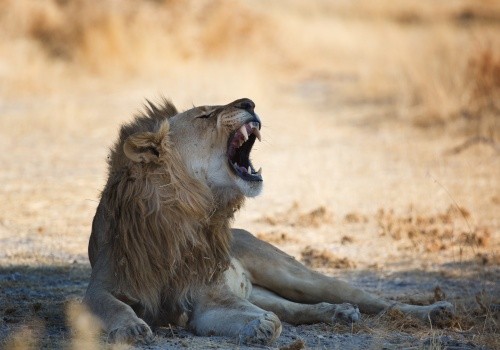Waterberg Plateau Park
Waterberg Plateau Park has played a vital role in breeding species for the restocking of other parks and conservation areas. Towering sandstone cliffs, dinosaur footprints, mysterious rock engravings and some of Namibia’s most rare and valuable game species are synonymous with the Waterberg Plateau Park.
In 1904, Waterberg was the scene of a battle between Herero warriors and German colonial forces. The Herero fighters suffered a bitter defeat against their oppressors and thousands of lives were lost in the ensuing retreat across the Omaheke Region into Botswana.
The park has been zoned into management areas for wilderness, trophy hunting and tourism. Within the park Waterberg Resort, previously known as Bernabé de la Bat Rest Camp is one of Namibia’s most visited resorts, while thousands of surrounding community members receive training at the Okatjikona Environmental Education Centre annually.
Park size: 405 km²
Proclamation: 1972
Natural features: A 50-km-long porous sandstone mountain with abundant game, unique vegetation and a series of permanent springs at the foot of the plateau.
Vegetation Tree and Shrub Savannah Biome. Vegetation type: Northern Kalahari, Thornbush Shrubland. Leadwood tree (Combretum imberbe), silver terminalia (Terminalia sericea), kudu bush (Combretum apiculatum), a variety of acacias (Acacia erioloba, A. erubescens and A. tortilis), laurel fig (Ficus ilicina) and about 140 lichen species.
Wildlife: Buffalo, Roan and sable antelope, Eland, Tsessebe, Leopard, Side-striped jackal. More than 200 bird species, including Hartlaub’s Francolin, Rüppell’s Parrot, Bradfield’s Swift, Monteiro’s Hornbill, Bradfield’s Hornbill, Carp’s Black Tit, Rockrunner, Cape Vulture.

